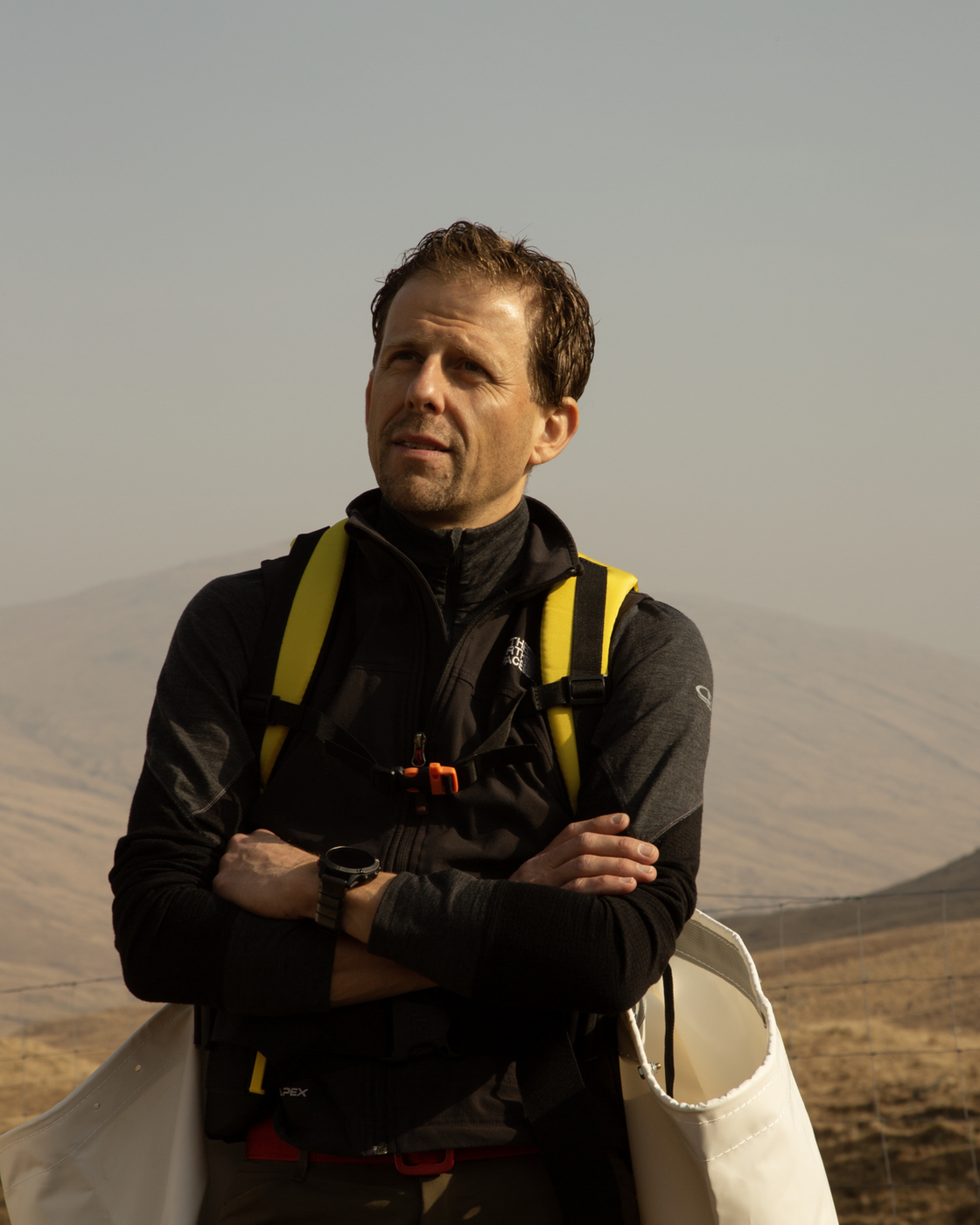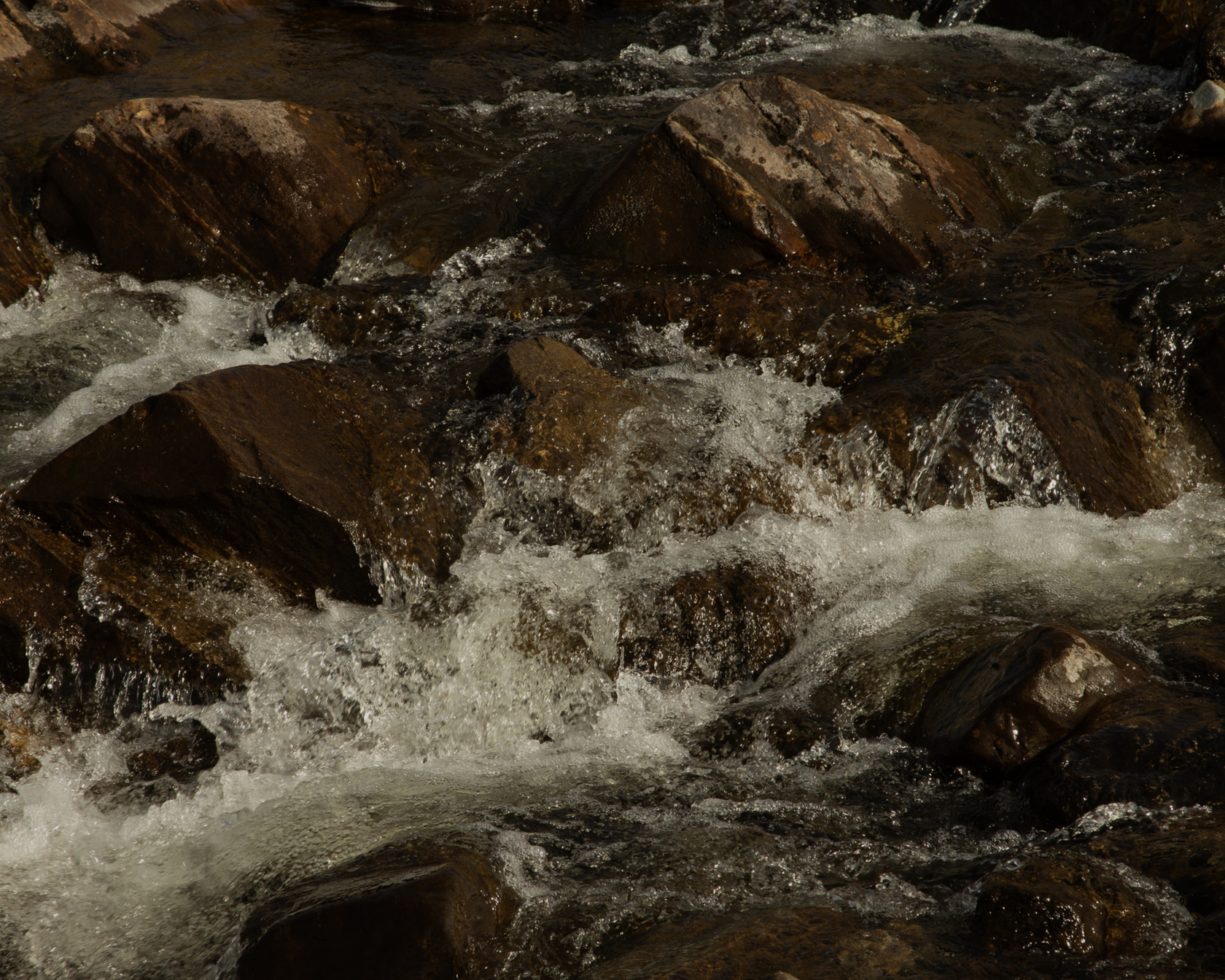Reforestation is one of the most effective methods at our disposal today to remove CO2 from the atmosphere. That’s why V-ZUG has decided to partner with the Ripa Gar Foundation on a large-scale afforestation project in Glen Lochay, to bring the old Caledonian forest – that once covered the region – back to life.
The forest is part of a long-term rewilding project with several side benefits, like increased biodiversity. Made up of a native mixed woodland of birch, pine, oak and other local species, it covers an area that is roughly the equivalent of seven hundred soccer fields. It would have been hard to achieve something of a similar size in Switzerland.
“We are aware of the scepticism that surrounds reforestation projects, so we did it differently,” says Marcel Niederberger, V-ZUG’s Head of Sustainability. “The forest is physically there, anyone can go, touch the trees and see how they are growing.”
The money invested in the forest comes from a voluntary internal carbon tax, calculated every year in proportion to the company’s emissions (equivalent to 120 CHF for every ton of CO2). Since the end of last year, V-ZUG’s customers have also been able to contribute to the V-Forest by compensating for the emissions caused by energy required to run their appliances.
Thanks to the forest, V-ZUG has achieved carbon neutrality. Yet offsetting is just one aspect of an overarching strategy. Projects involving electric mobility, sustainable production processes and state-of-the-art sources of green energy have been introduced to reduce company emissions by 80% within 2030 and completely eliminate them in the near future. Meanwhile, the trees keep growing.







